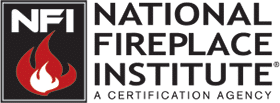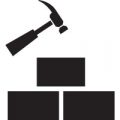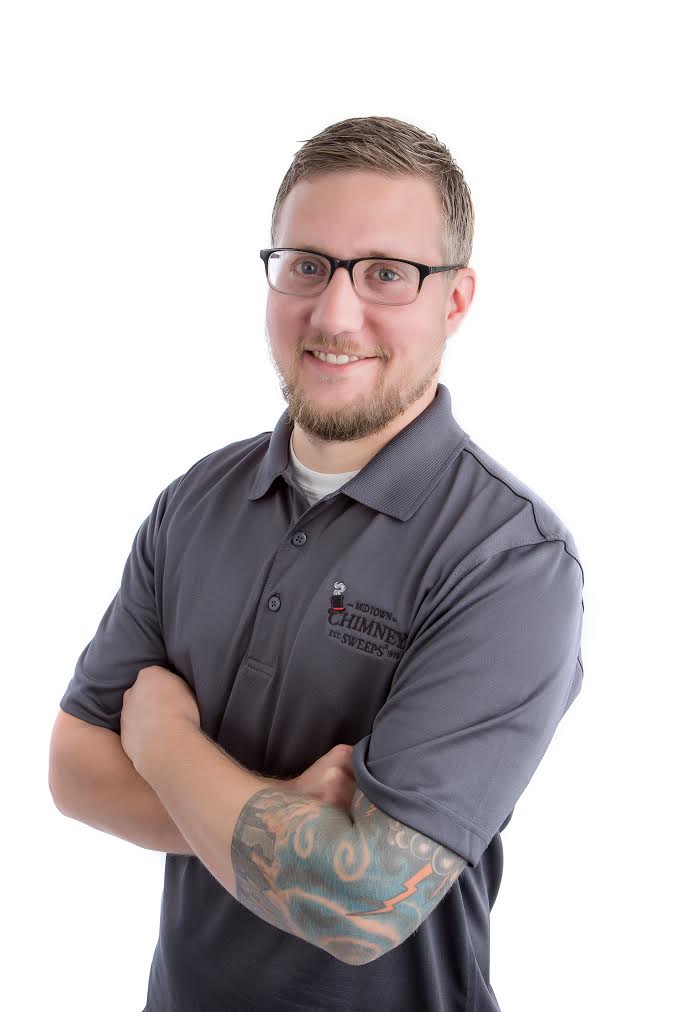Being right in America’s heartland, residents of Des Moines like you experience the full range of seasons, including bitterly cold winters. We at Midtown Chimney Sweeps recognize how much your fireplace means to you when the snow and chilly winds arrive. You can count on us to thoroughly sweep and maintain not only fireplaces and chimneys, but also heating stoves. That way, you’re bound to be safe and warm as you get cozy next to your hearth.
Fireplace and Chimney Cleaners of Des Moines, Iowa
Why Is Chimney Cleaning Important?
While you burn wood in your fireplace, creosote (or “soot”) accumulates in the flue. If it gets thick enough, that substance can become ignited, which would result in a chimney fire. Spare yourself from the risk by arranging to have someone regularly perform chimney sweeping at your residence.
What Code Is There for Chimney Inspections?
Similar regulations have been put in place by both the National Fireplace Protection Association and the manufacturers of fireplaces and stoves.
The National Fire Protection Association (NFPA) recognizes 3 levels of fireplace and chimney inspections. The three inspection levels increase in their thoroughness as the numbers increase; for example, Level II inspections are more involved than a Level I inspection, and Level III is more involved than a Level II chimney inspection. The following are brief descriptions of the different types of fireplace and chimney inspections that all Qualified Chimney Professionals offer.
Level I Chimney Inspection
This is your annual chimney inspection performed with every chimney sweep. Level 1 inspections satisfy the annual inspection requirement per NFPA 14.2. It is a thorough visual scan of all readily accessible portions of the chimney, appliance and connector pipes. These requirements are clearly stated in NFPA 14.2 “Annual Inspection. Chimneys, fireplaces, and vents shall be inspected at least once a year per the requirements of Section 15.2.”Our courteous scheduling center is ready to provide you an emailed quote for the price of your annual chimney inspection. When you call in or email us, make sure you mention how your heard about us!
Level II Chimney Inspection
This is required by the NFPA 211 for new homeowners as well as property managers (when property ownership changes) and realtors doing escrow or home sale contracts. Our friendly office staff will quote you a price over the phone for a Level II chimney inspection. Make sure to have your promo code or coupon ready if you have one!
Level III Chimney Inspection
This is the most invasive chimney inspection recognized by the NFPA 211. It requires the removal of bricks, drywall, or other building materials in order to allow the technician to gain access to the area that needs inspection.
Water Protection for Chimneys
Our heavy summer Iowa rain can cause rust on top of factory-built chimneys. The rust will eventually cause a hole in the chase cover. The rain will enter the hidden wood structure, thereby rotting the wood and rusting out the top of the firebox of a pre-built fireplace. This can happen to either gas fireplace chimney chases and chimney tops, or wood-burning fireplace chimney caps. If you have a leak, or suspect one, we can probably repair or replace it.
Chimney and Fireplace Repairs
Here is what we can do to help prevent water leaks on masonry fireplaces or chimneys:
Crown Coat – If your chimney develops a leak, then it can be a major cause of concern because of rotting problems, as well as corrosion. Melting snow and heavy rains can provide a real challenge to all chimney types, creating chimney leaks.
Chimney Saver – Applied to the side-wall of your brick chimney, this will resist water penetration and degradation.
Flash Seal – This powerful rubberized compound paints on around the flashing joint on your roof and protects the leaky point on the flashing around the chimney.
Maintaining the Dryer Vents of Des Moines, Iowa
Why Is Dryer Vent Cleaning Important in Des Moines?
Lots of debris, such as lint and pet hair, are blown out of your dryer and into the dryer vent every time you run the appliance. This buildup of lint, combined with high electrical heat, can cause a fire if not cleaned out or inspected regularly.
How Often Should the Dryer Vent Be Cleaned?
Your dryer vent should be cleaned once a year. The area surrounding the vent and all the hook-ups should be examined for damage every 6 months. Tiny holes may happen over time in the flexible connector behind the dryer, causing dust or monoxide to enter the residence. Plastic flexible connectors are not code and must be replaced with semi-rigid aluminum or a similar type of UL-Listed flex product.
Des Moines, Iowa can see its share of cold temperatures. Let the experts at Midtown Chimney Sweeps of Des Moines keep your wood-burning fireplace, gas-burning fireplace, wood-burning stove, pellet stove, and dryer vent in excellent shape!
Glad to Serve the Following Locations
We at Midtown proudly extend our services to Des Moines, Ankeny, Ames, West Des Moines, Clive, Urbandale, Johnston, Waukee, Adel, De Soto, Prairie City, Granger, and many more towns of Iowa!
The image above (“Des Moines” by “Katie Haugland“) is licensed under CC BY 2.0.





